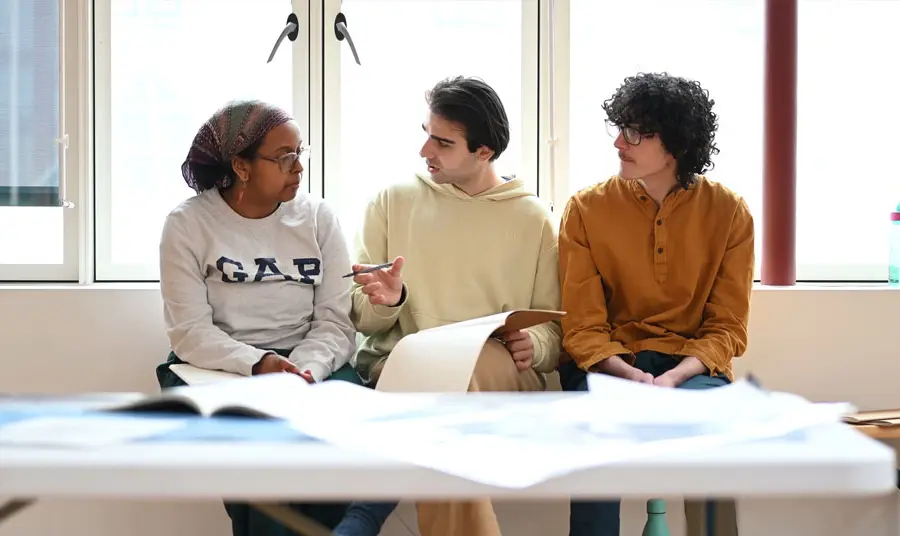
Dynamic Collections
The history of movement and music is often told through the stories of individual choreographers, directors and composers, while the stories of performers is sometimes missing. The reality is that performance making is a collective process.
Choreozone: Activating an Archive is unlocking powerful new perspectives on collective performance making, highlighting the role and experiences of performers from the late 20th to early 21st century.
It is improving access to Clod Ensemble’s collection of resources both online and in person. Their studios in North Greenwich are a place where movement and sound can be experienced to gain new perspectives on live performance.
Choreozone gives more emerging artists the opportunity to use the archive as a springboard for their own creative practices.
Paul Clark, Artistic Director
Inclusive opportunities for young people
Central to the project is engaging young people who have experienced discrimination and socio-economic barriers.
In the first year of the project, Clod Ensemble ran a two-week learning programme called Catalyser to introduce a group of 23 people aged 18 to 25 to the archives. They were encouraged to reflect on the materials and explore their own heritage and self-documentation.

Paul Clark, Artistic Director, said: "We were thrilled to see how engaging with our creative processes helped the young artists on our Catalyser programme to value their own work and their own stories, and to create projects of their own which are not hemmed in by traditional genre stereotypes. Choreozone gives more emerging artists the opportunity to use the archive as a springboard for their own creative practices."
A paid apprenticeship has also been created to support cataloguing, oral histories documentation and music recordings. The apprentice will edit and transform this content into rich multimedia assets to increase awareness of, and engagement with, the collections.
By completion, the project aims for the performance collection to be well organised and maintained as a living archive of non-verbal cultural forms.
